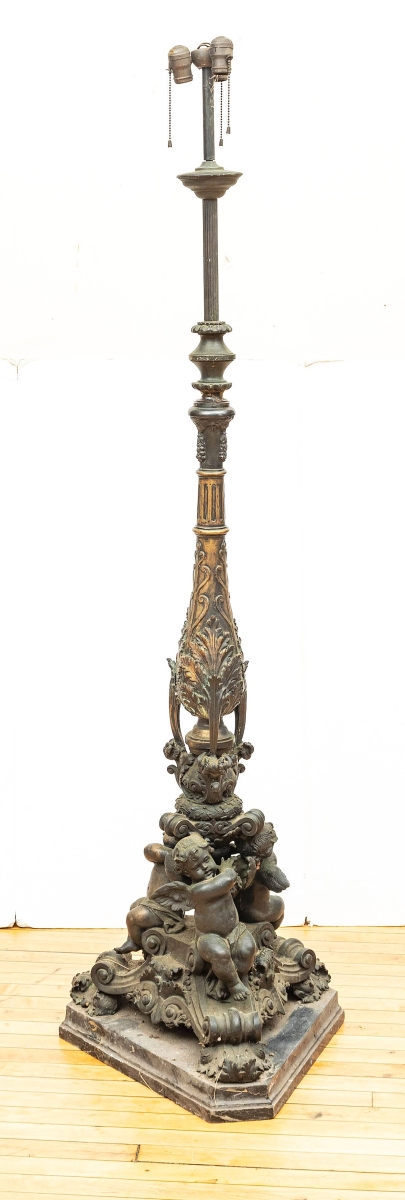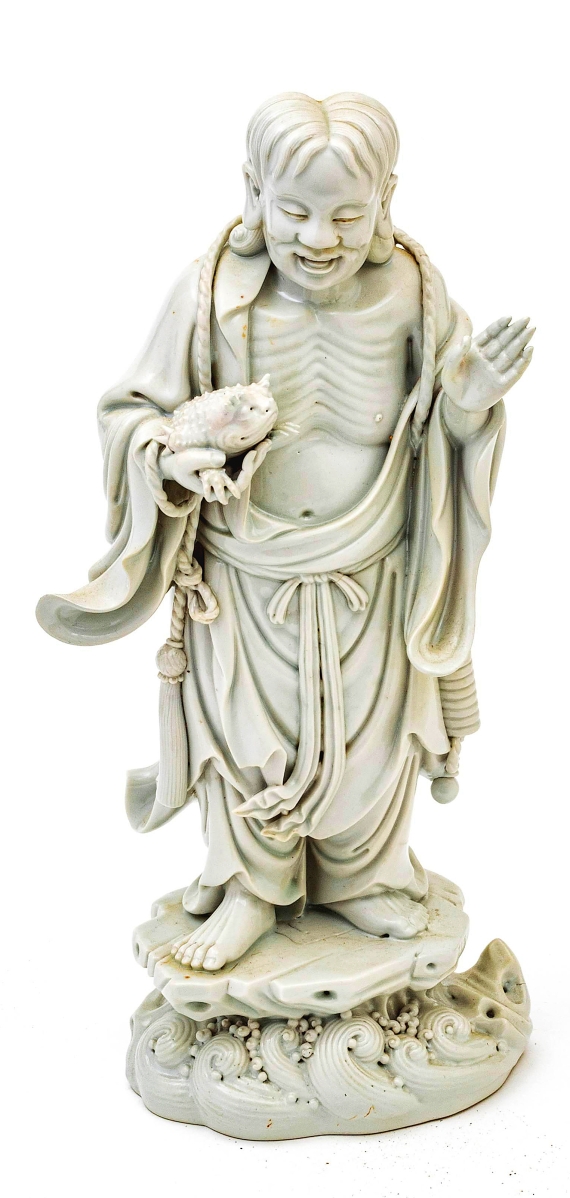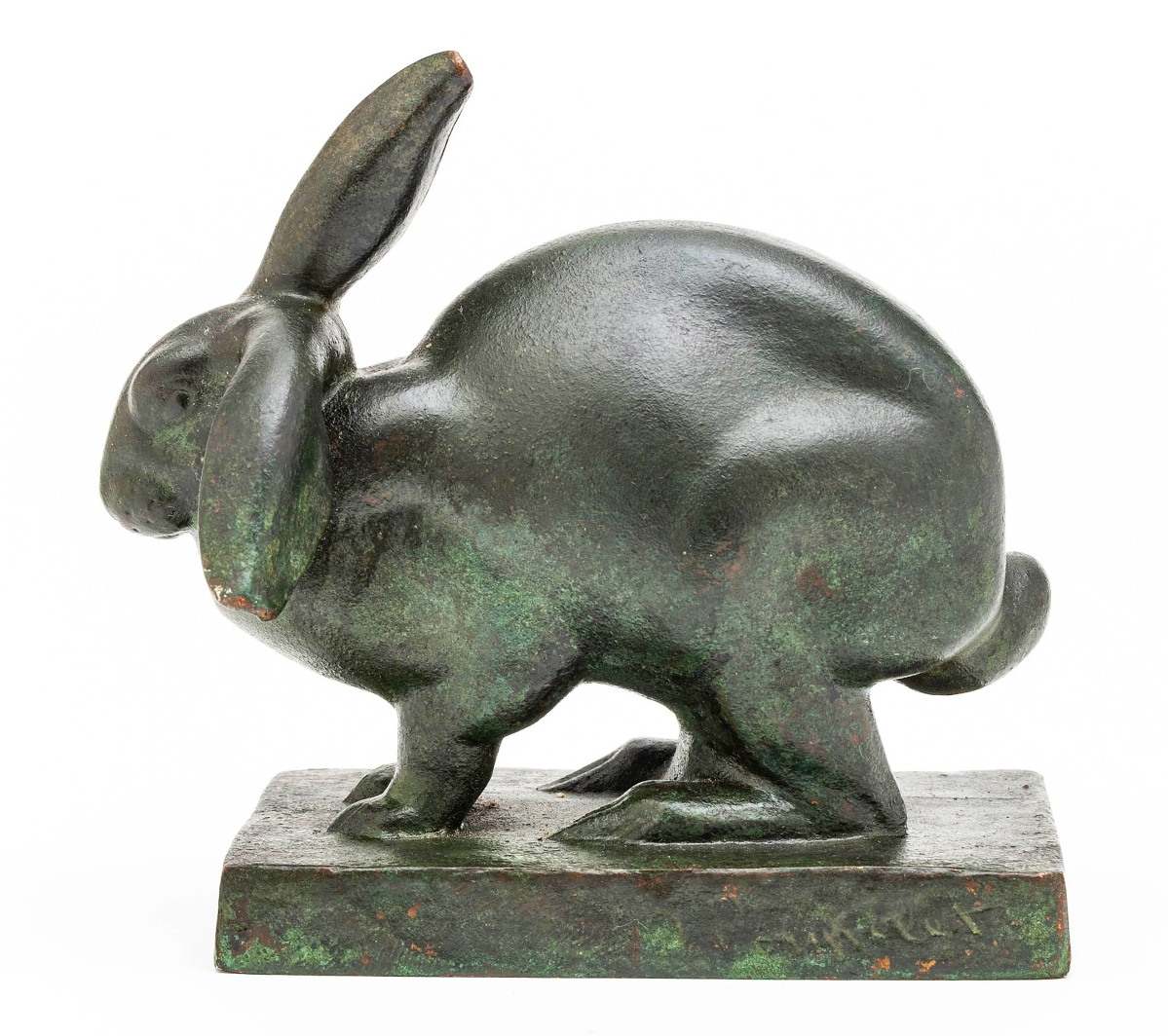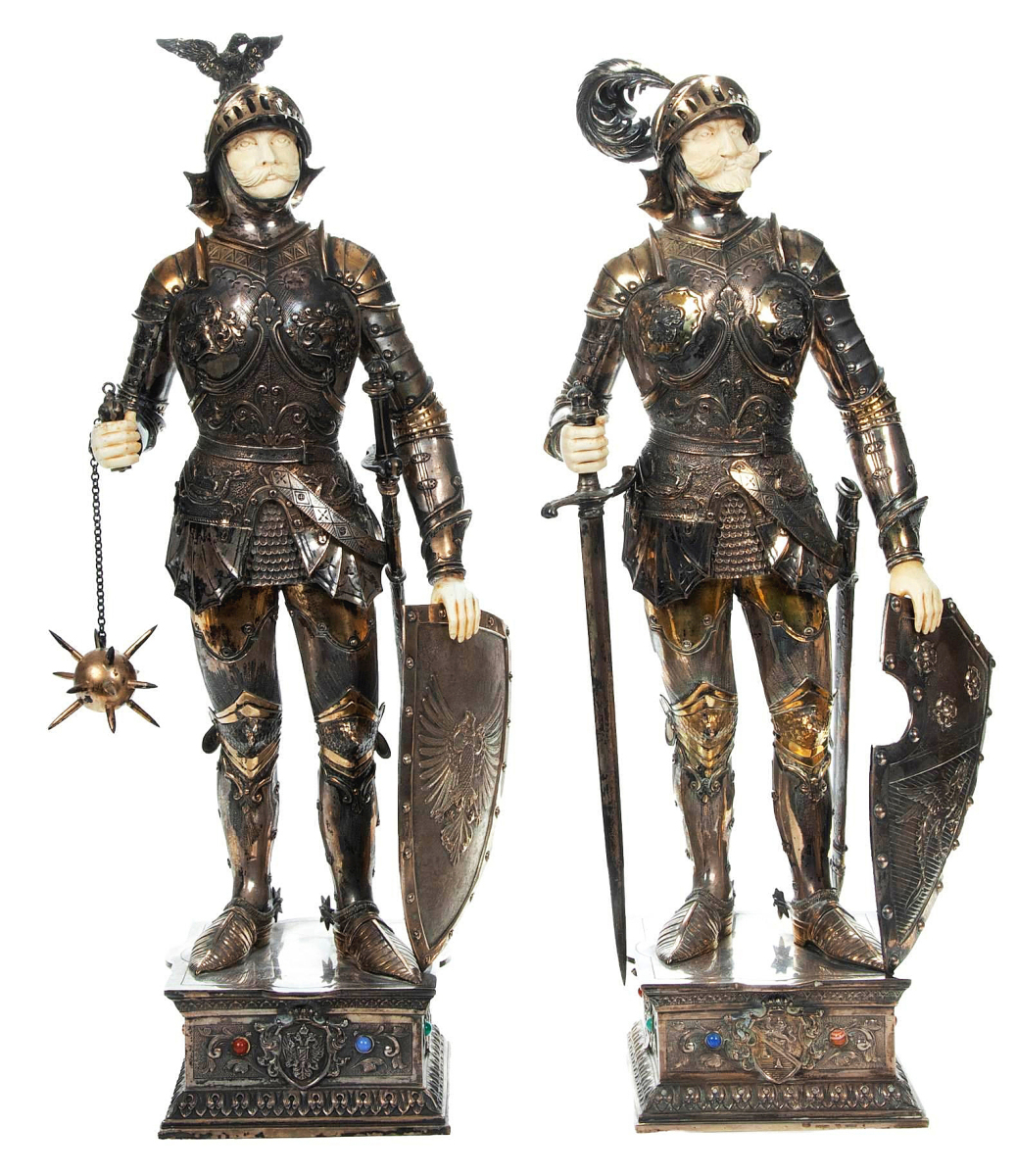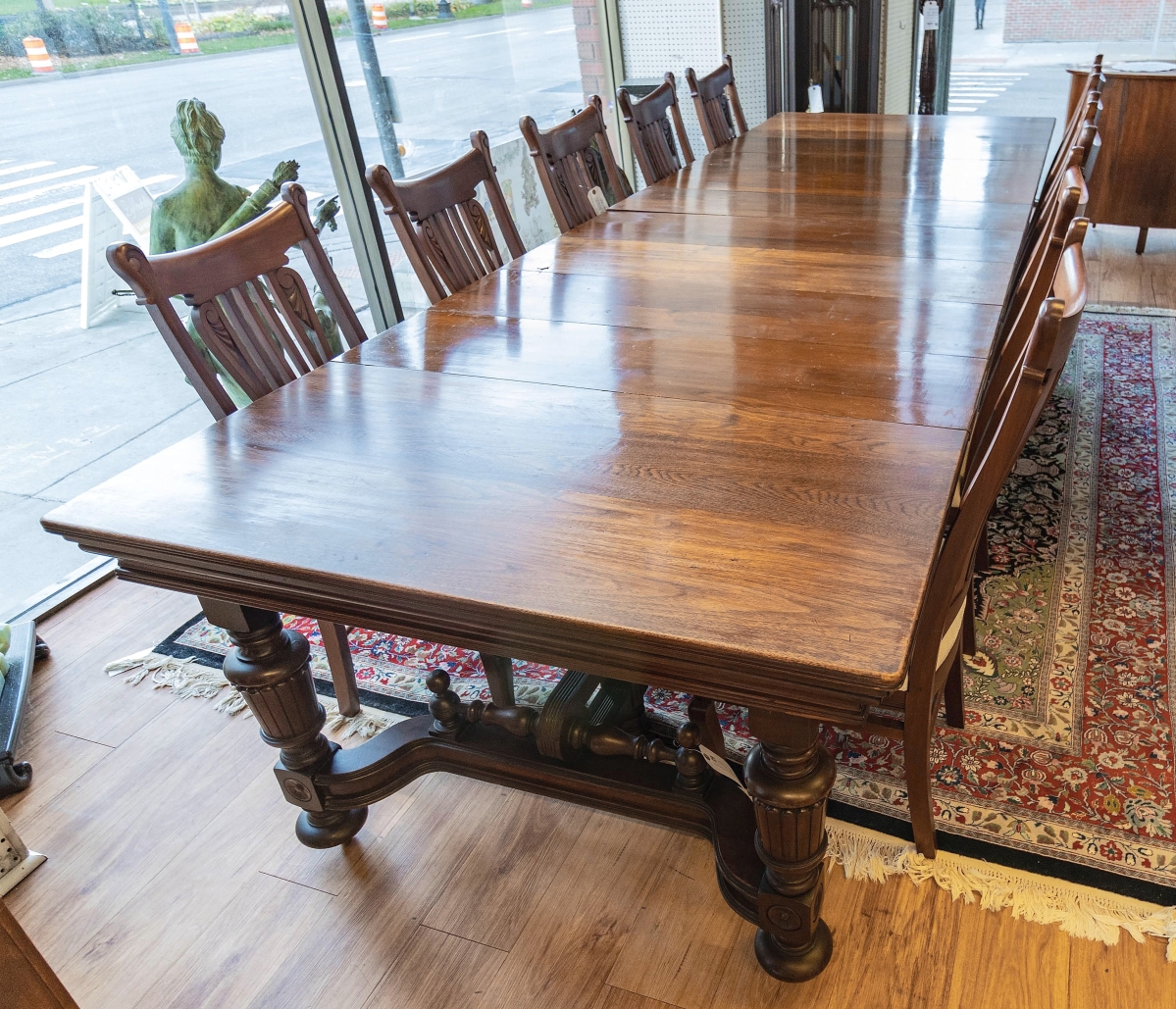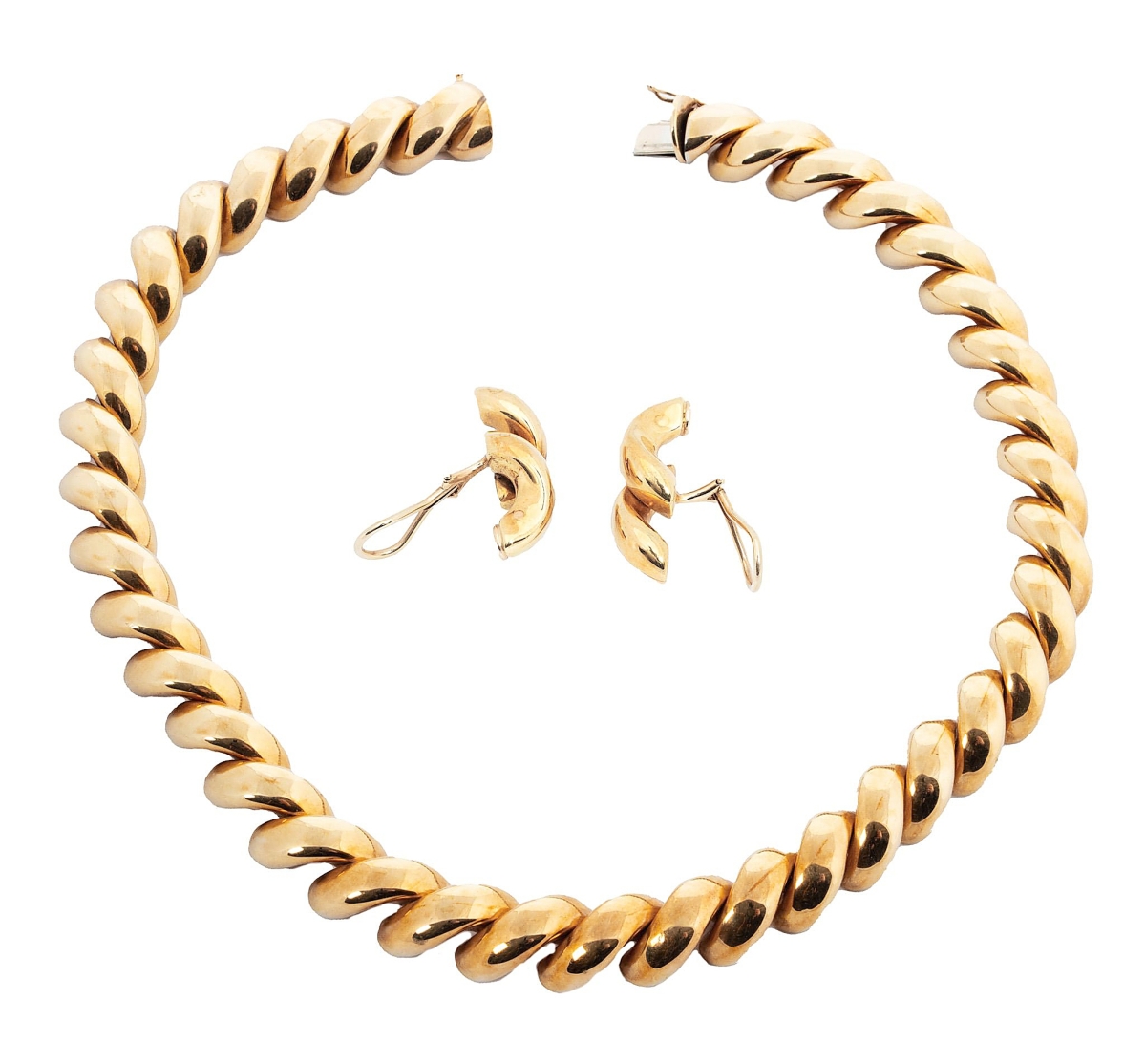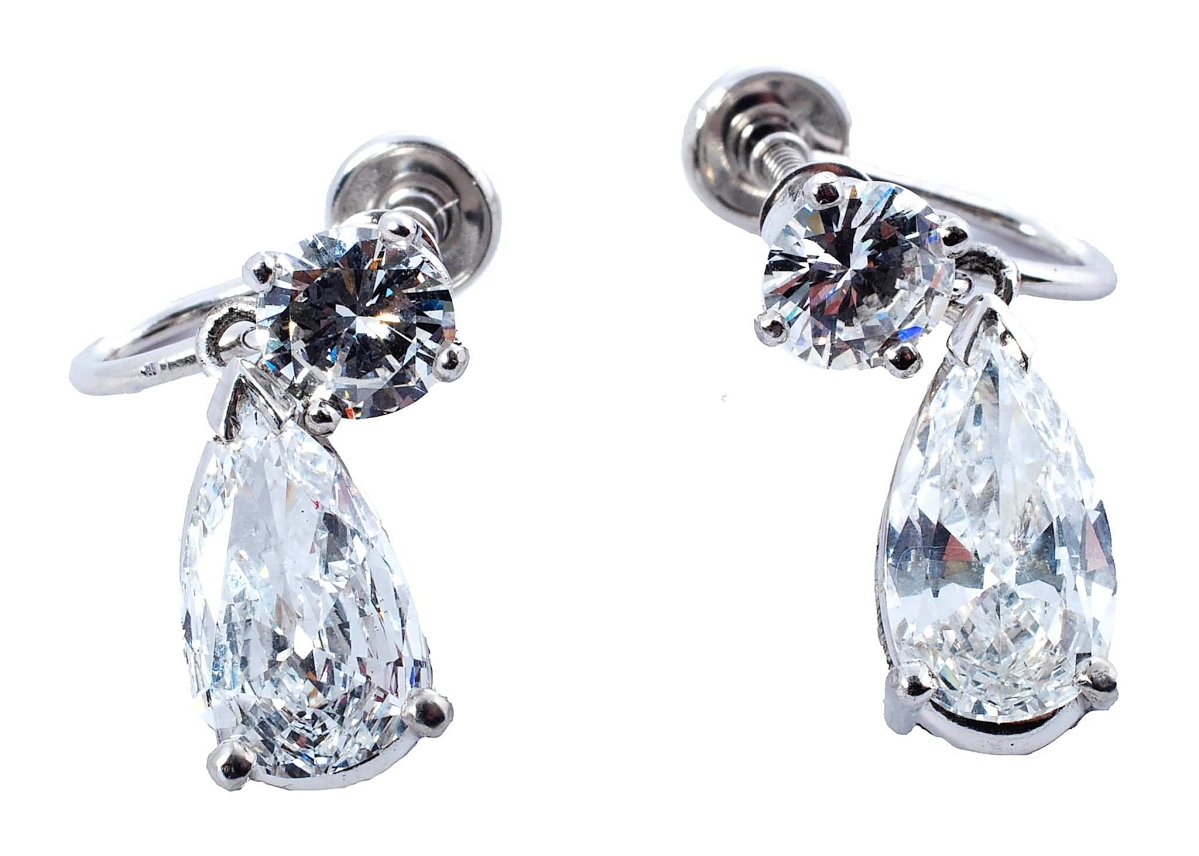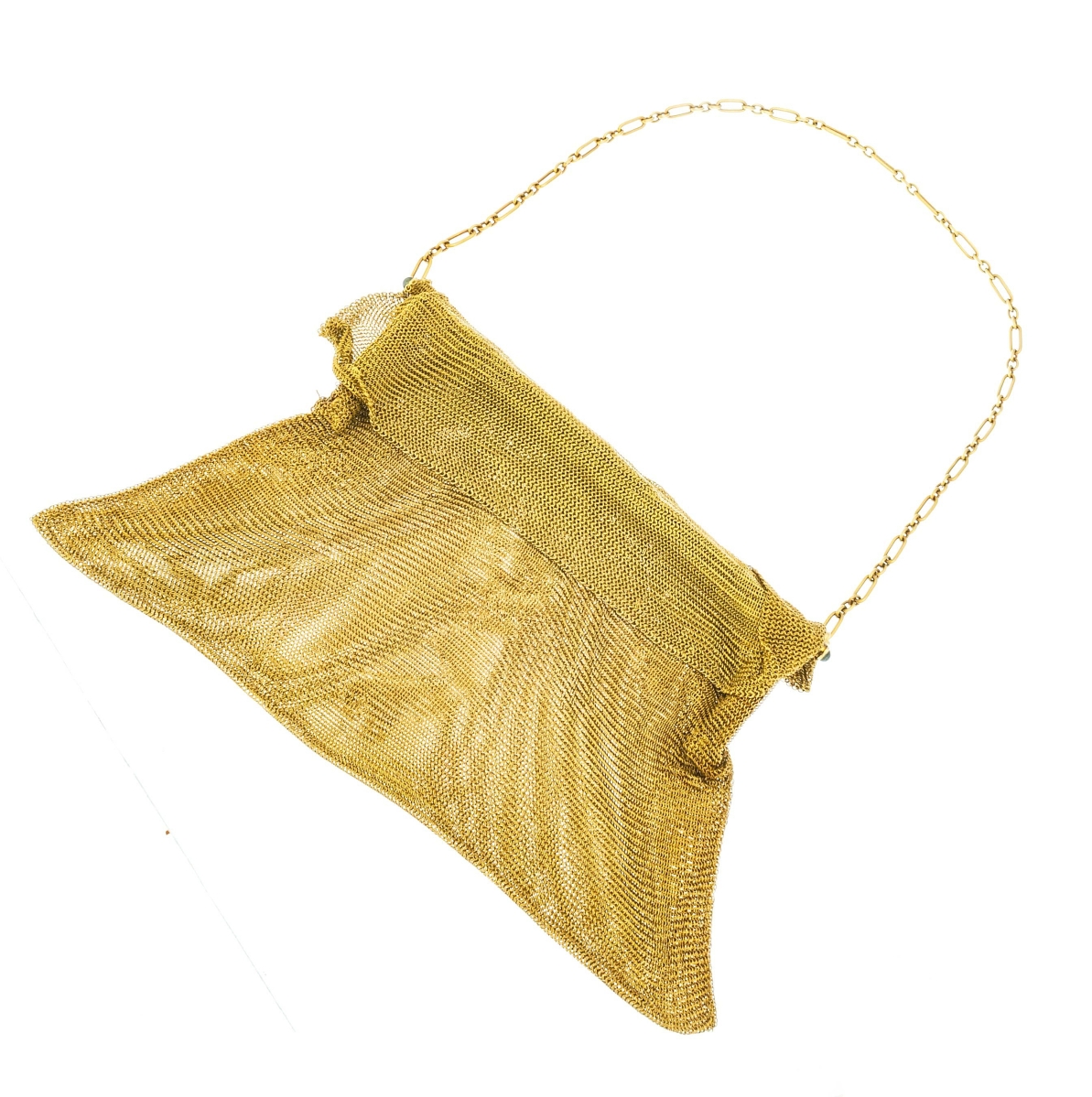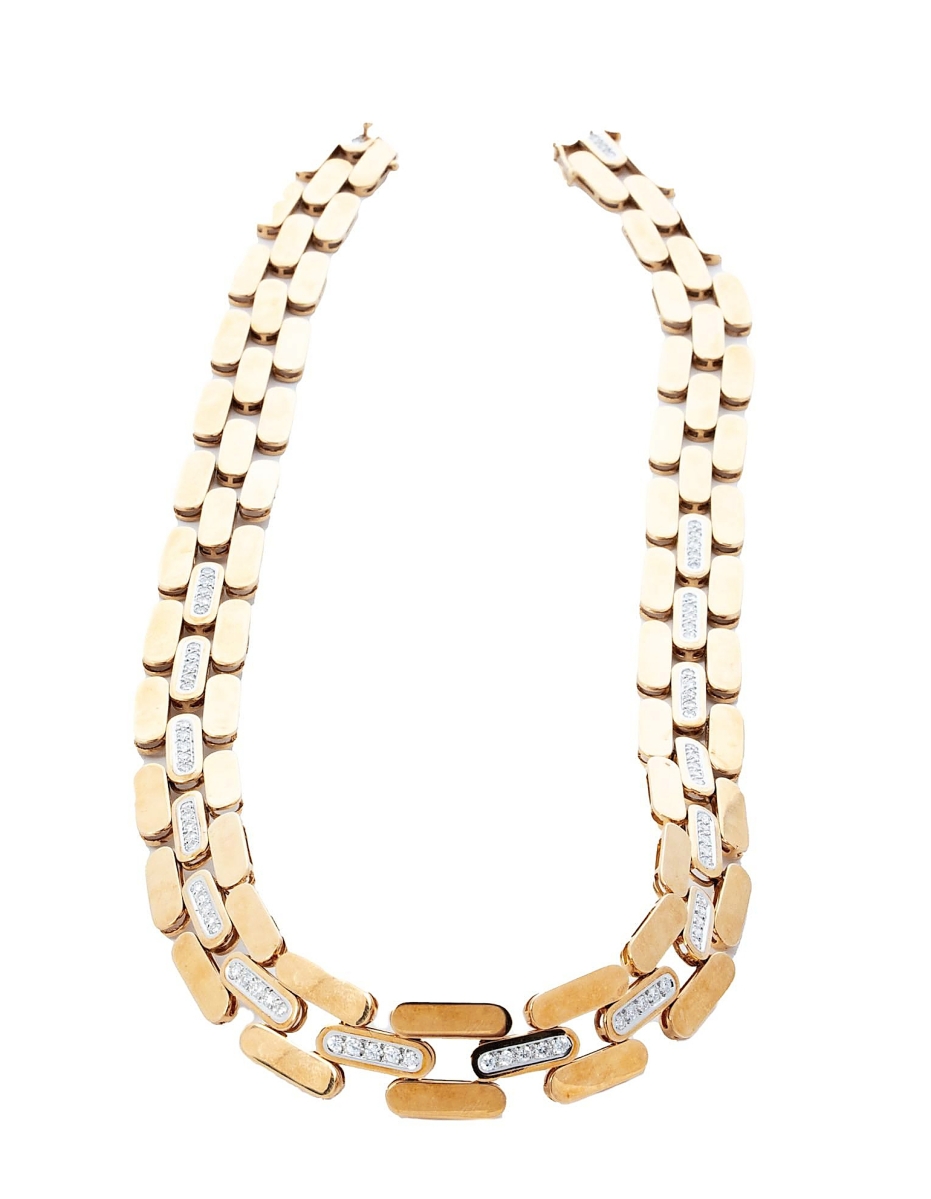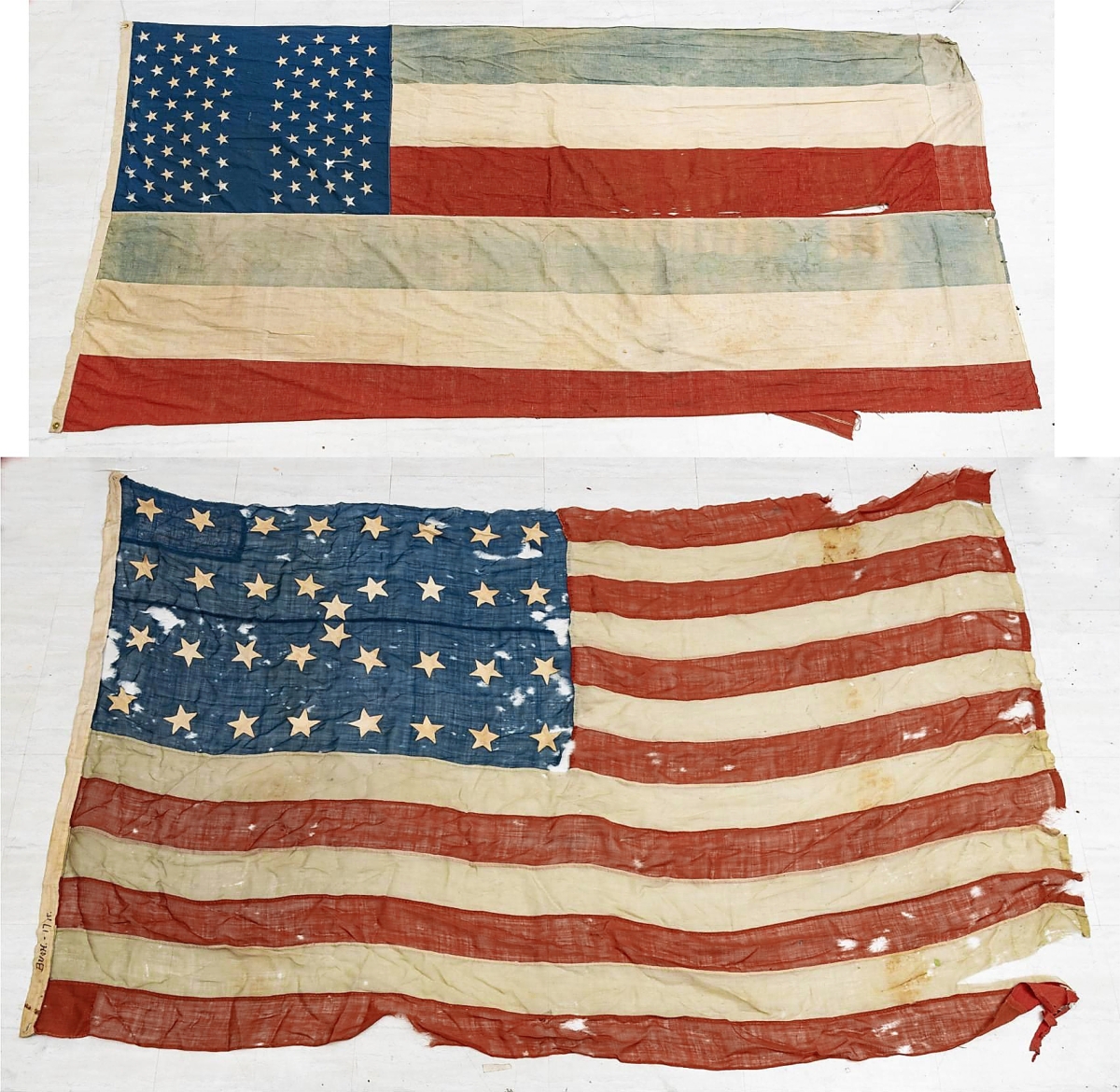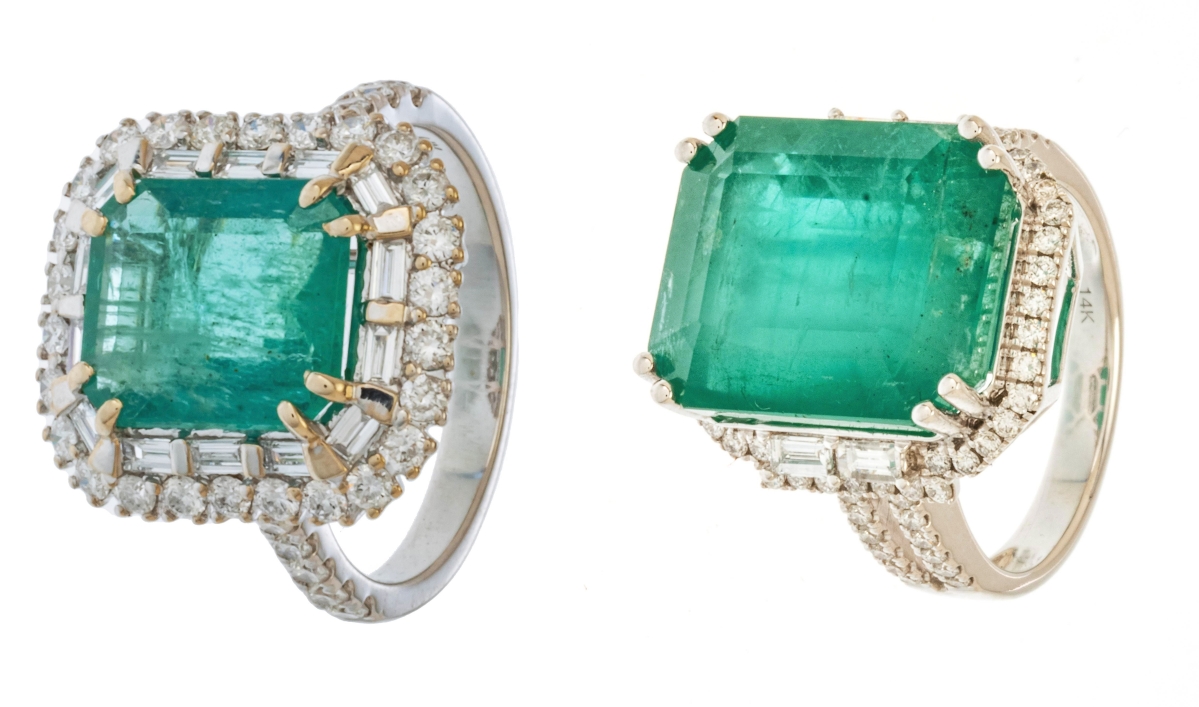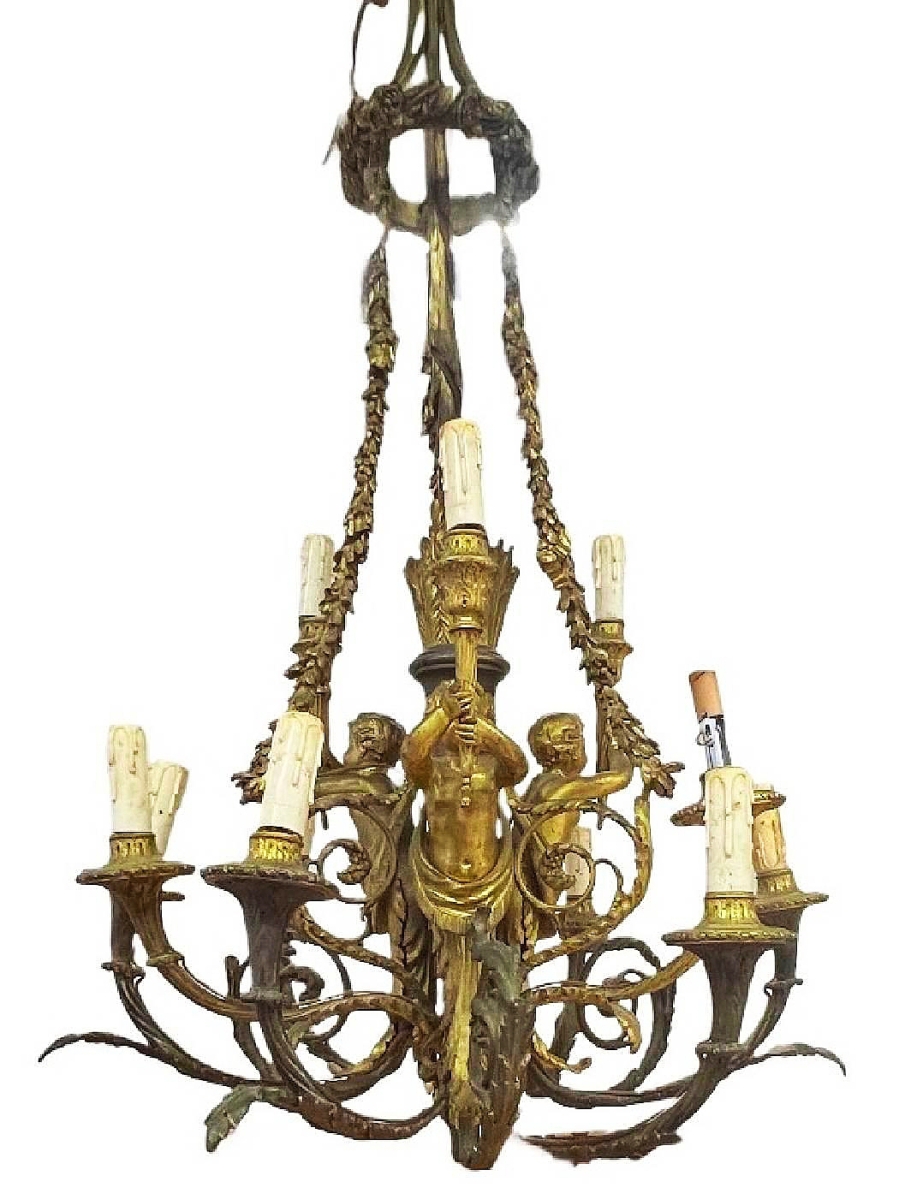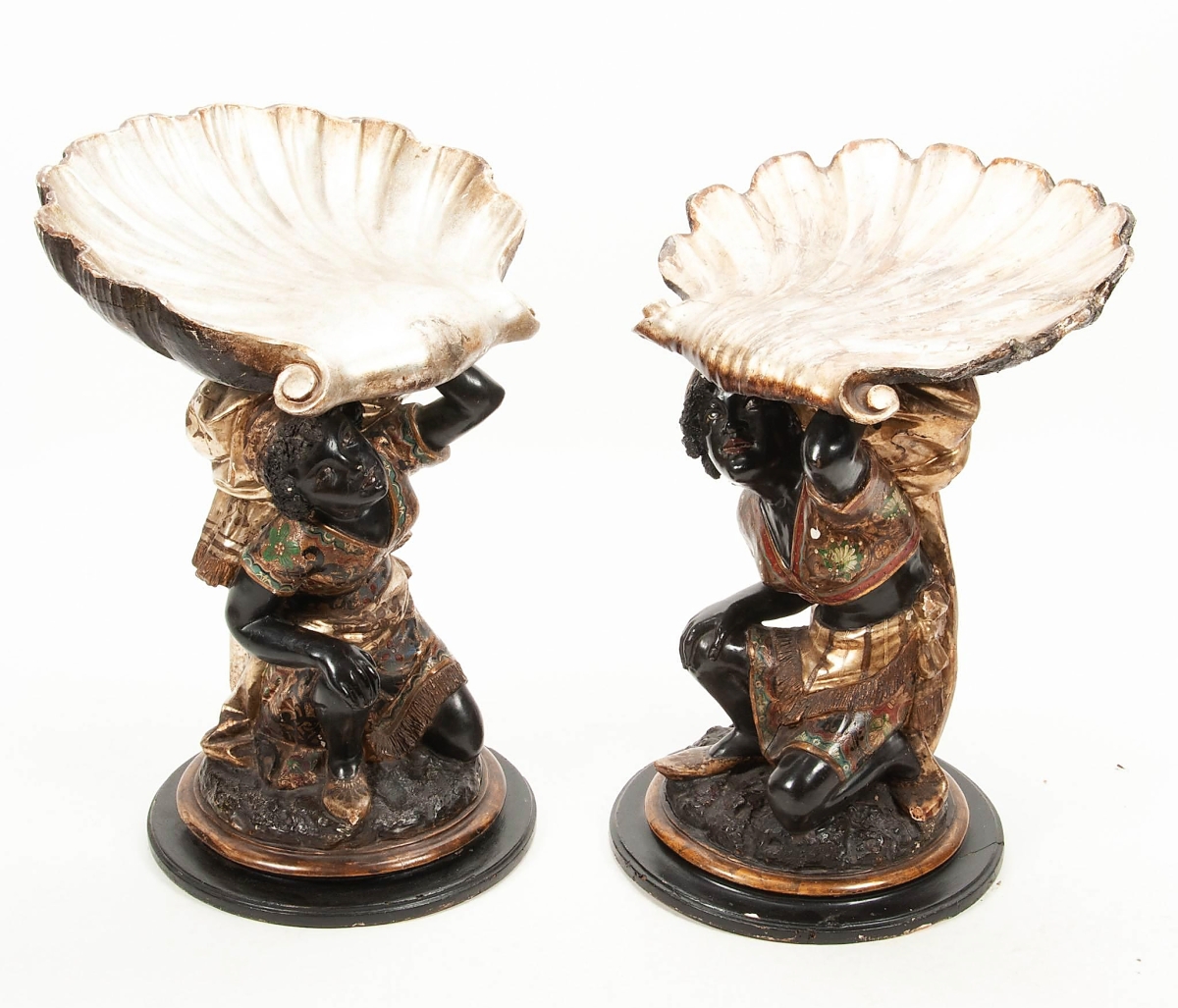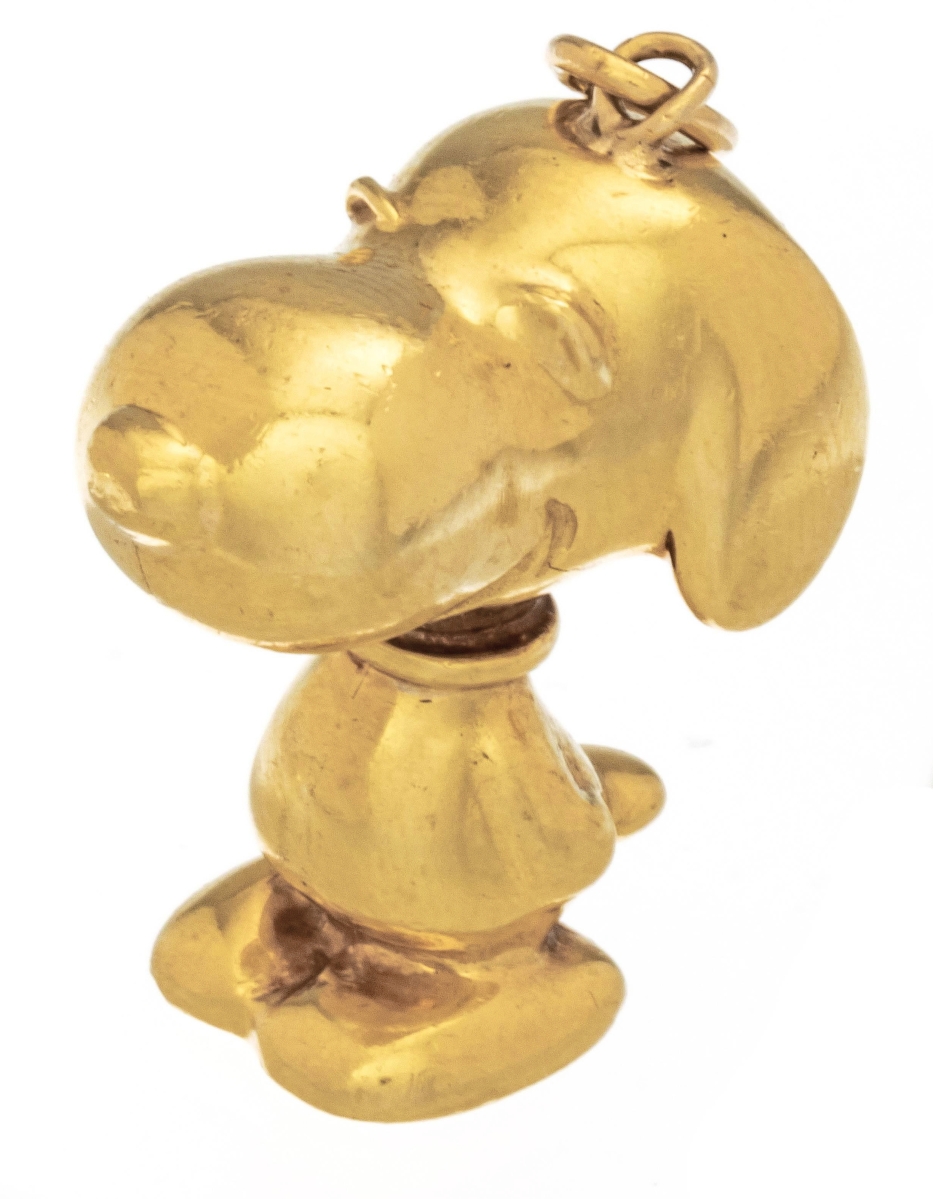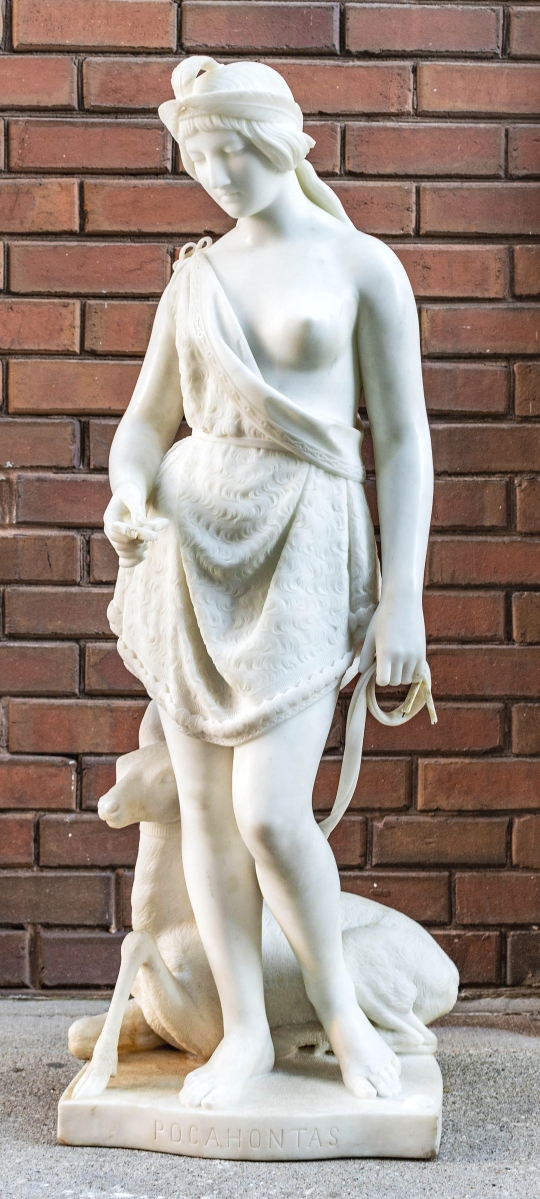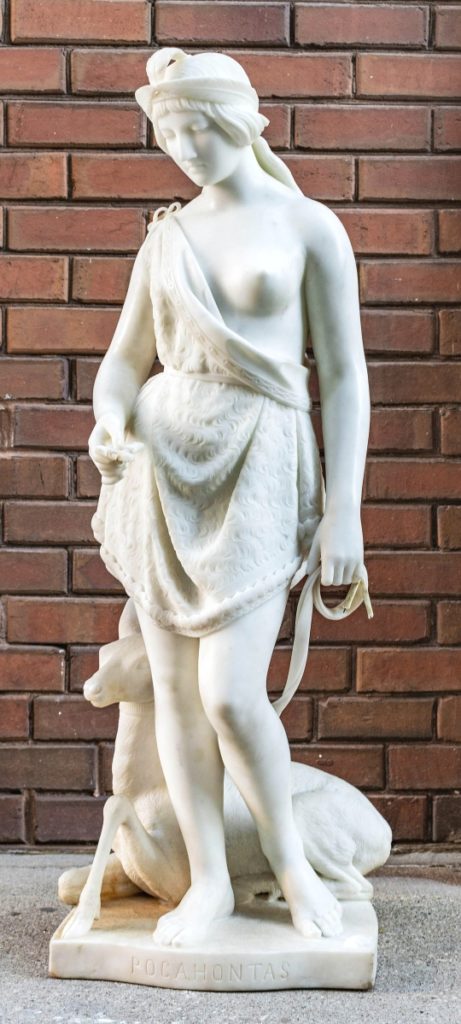
Born Matoaka to the leader of an Algonquian-speaking confederacy circa 1595, Pocahontas lived in the Tidewater region of present-day Virginia before she was kidnapped by Jamestown settlers, converted to Christianity and married. After traveling to England, she died there in 1617. This romanticized depiction of the true story shows a willing participant in this conversion, and more than doubled its high estimate to $23,560 ($5/8,000).
Review by Z.G. Burnett, Photos Courtesy of DuMouchelles
DETROIT, MICH. – DuMouchelles conducted its monthly two-day auction series on December 14 and 15, presenting more than 1,100 lots of fine art, decorative arts and jewelry, among other categories. The first day’s sale had a higher concentration of art and antique furniture, and the second day’s sale produced a couple of strong sales for fine art, but jewelry came through as the highest performing category. With much local collector interest and trade bidding from New York and overseas, the total of both sales was $550,847.
The highest selling lot went in the second day’s sale: a carved marble sculpture of “Pocahontas” by Joseph Mozier (American, 1812-1870) from a Dearborn, Mich., consignor was purchased by a New York dealer. This 1867 example matches a sculpture belonging to the Art Institute of Chicago that was carved in 1868. Its description reads, “This is not a historically accurate vision of Pocahontas but a deeply distorted yet enduring one rooted in myth… Mozier portrayed Pocahontas with a tamed deer at her side and cross in hand, as if her religious and cultural transformation was a peaceful, self-directed act. Such imagery appealed to white audiences in the mid-Nineteenth Century because it shaped an American origin story of romance, willing conversion and domesticity, and effaced the violent circumstances of Pocahontas’s life and the brutal conquest of Native American people and lands.” The sculpture is in good condition, with repairs and detached pieces to the crucifix and leash, and sold for $23,560.
Bronze sculptures were hot ticket lots in both sales, especially those of animals. The best result was on the second day’s sale for a relief plaque of sheep by Marshall Maynard Fredericks (American, 1908-1998) that achieved $10,540. The bucolic, almost cartoony image is unusual for Fredericks, who is better known for his monumental bronzes such as “The Spirit of Detroit” (1958) and “Fountain of Eternal Life” (1964). More within her oeuvre, a signed “Crouching Rabbit” by Jane Poupelet (French, 1874-1932) hopped to $4,960. Antoine Louis-Barye’s (French, 1795-1875) “Wolf Seizing a Deer by the Throat” was also signed and achieved $3,410. Another bronze by James Lippett Clark (American, 1883-1957) of an Alaskan white sheep performed within its $2/4,000 estimate at $2,790.
The victors of the first day’s sale were a pair of German knights from the mid- to late Twentieth Century, clad in full sterling silver and vermeil silver armor with hinged visors on their helmets and armed with swords, a flail and a shield. The knights’ hands and faces were chryselephantine, that is, overlaid with ivory and gold. They came from a private collector in Grosse Point, Mich., and sold to a New York dealer for $9,920.
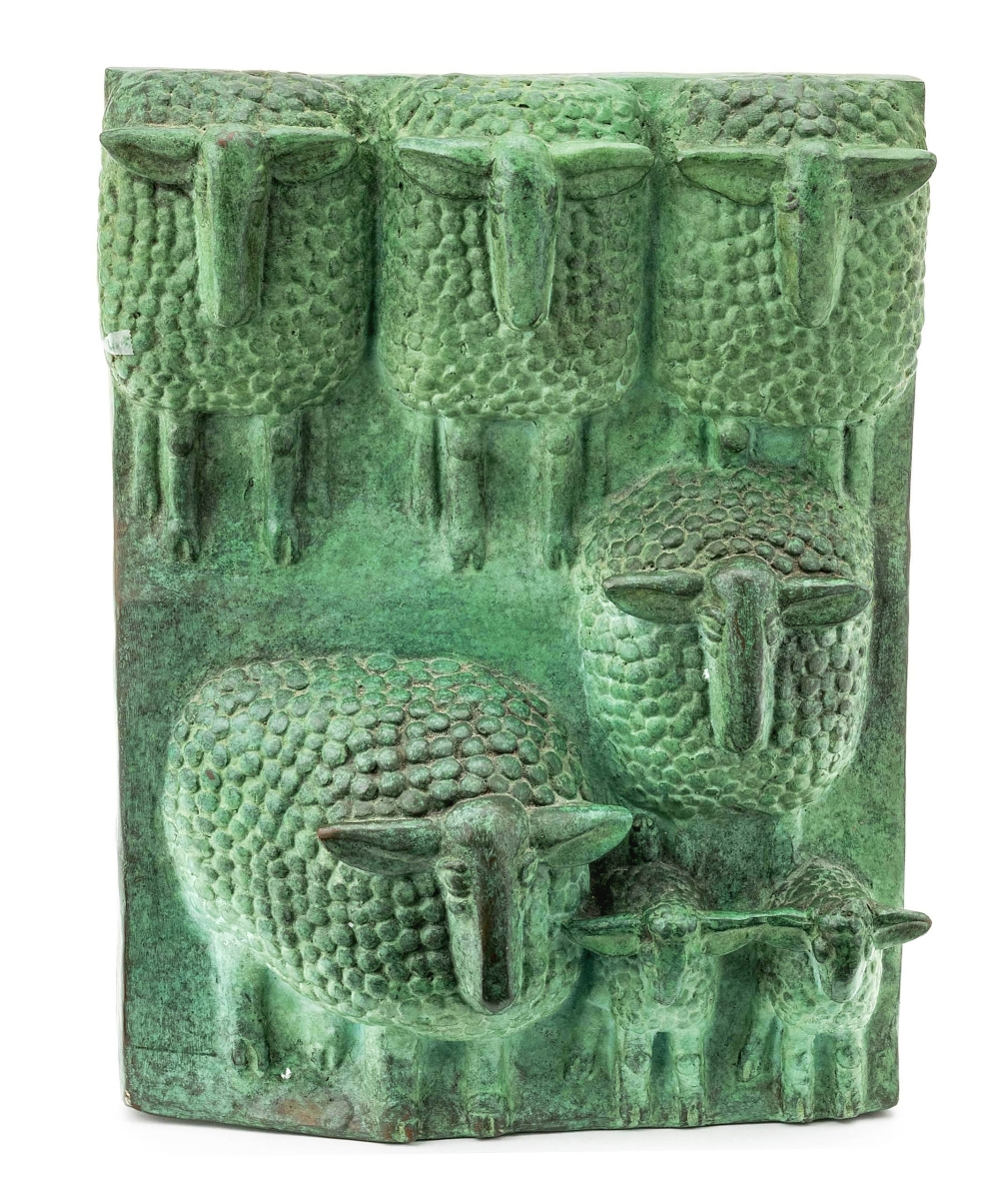
Originally given to the consignor, this bronze relief of sheep by Marshall Maynard Fredericks went to a new collection in Dearborn, Mich., for $10,540 ($3/5,000).
The foremost lot in the furniture category was an early and rare Jacobean-style dining table with eight leaves, retaining labels from the Phoenix Furniture Company which revealed that the table was made for Arthur Hill of Saginaw, Mich. From the catalog listing, “Arthur Hill was a Michigan and Minnesota lumber baron in the last half of the Nineteenth and was both a city father and Mayor of Saginaw, Mich… He married Aroline Haddock Briggs Hill in 1869 and this table was in the dining room of the Arthur Hill mansion (designed in 1885 and furnished in 1887) until Hill’s second wife, Louise Grout Hill (whom he married in 1898) [gave it] to Cecelia C. Tallman… prior to her move to California, where she lived until her death in 1969. Mrs Tallman was the great-grandmother of current consignor.” The table dates to 1885-87, and up until this example, the company labels were thought to only be used until the 1870s. The table remained in Michigan, selling to a Grosse Pointe buyer for $8,060.
The first sale brought a surprise group lot of two era United States flags that exceeded expectations. The earlier of the flags had 34 stars and was made circa 1861-63, but DuMouchelles was otherwise unable to determine its origin. “Bush 1775” was the only clue written on the flag’s header, but this provided no leads. The second flag showed 45 stars and only 12 red, white and blue stripes, dating it to the late Nineteenth or early Twentieth Century. Between the two clusters of stars was written “U.S. Jack” in small letters. The pair were purchased by a Pennsylvania buyer for $3,410.
Jewelry was prominent in the second day’s sale, including a few rare forms that brought much interest from bidders. The third highest selling lot was an 18K yellow gold “Snoopy” pendant, purchased by the consigner from Cartier in 1985. The canine character from the “Peanuts” comic strip is an international celebrity and perennial favorite; the charm was purchased by a bidder in Southfield, Mich., for $9,920. Two chunky 18K gold necklaces also ranked highly, one with diamonds for $6,200 and another with matching earrings for $4,960. Another excessive accessory was a 14K gold mesh handbag, circa 1920, that toted $5,890. The purse was stamped near the center of its clasp and sported two cabochon sapphires at opposite ends of its frame, but there was no known maker otherwise.
Prices quoted with buyer’s premium as reported by the auction house. DuMouchelles’ January Auctions will take place on January 19 and 20. For additional information, 313-963-6255 or www.dumouchelles.com.

